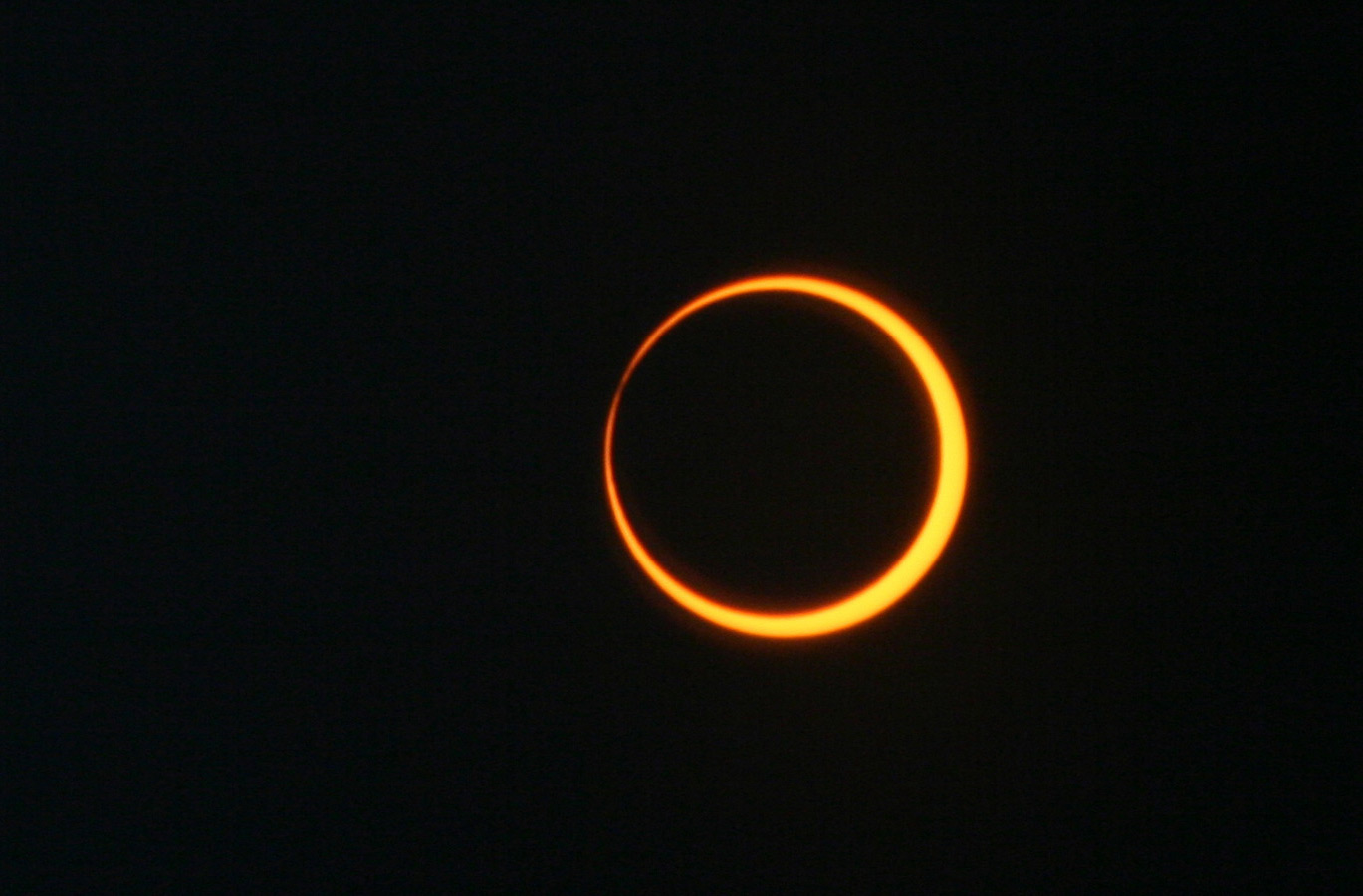Pennsylvania’s only hope to see the rare annular solar eclipse, known as a “ring of fire” eclipse, will exist only online.
With a forecast of 100% chance of rain on Saturday, Oct. 14, 2023, there is little to no chance in the Northeast to see the solar event that has not been seen in 11 years.
In Pennsylvania, residents would have been able to see just a partial, crescent-shaped eclipse. The full ring-of-fire effect will only be visible in West Coast states.
The National Weather Service in State College says there is a 100% chance of rain today. The weather service is calling for a high temperature of around 47 degrees and said we could receive up to 1 inch of rain. That 100% probability of rain extends into the evening on Saturday.
The ring-of-fire solar eclipse, called an annular eclipse, is caused when the moon passes between the sun and the Earth. The moon does not totally block out the sun so viewers see just a skinny ring of the sun around the moon – creating the “ring of fire effect.”
People in eight states from Oregon to Texas will be able to see the full eclipse – weather permitting.
The eclipse will start just after 9 a.m. in Oregon in the Pacific Time Zone, which is just after noon here. It will be over by 2:30 p.m. Eastern time.
According to the Associated Press, “From Oregon, the eclipse will head downward across Nevada, Utah, New Mexico and Texas, encompassing slivers of Idaho, California, Arizona and Colorado, before exiting into the Gulf of Mexico at Corpus Christi. It will take less than an hour for the flaming halo to traverse the U.S.
“From there, the ring of fire will cross Mexico’s Yucatan Peninsula, Belize, Honduras, Nicaragua, Costa Rica, Panama, Colombia and, finally, Brazil before its grand finale over the Atlantic.”
NASA will provide coverage beginning at 11:30 a.m. today on NASA Television, the agency’s website, and the NASA app. NASA also will stream the broadcast live on its Facebook, X, and YouTube social media accounts.
“NASA’s coverage will be hosted from broadcast locations along the path of annularity in Kerrville, Texas, and Albuquerque, New Mexico. NASA’s coverage will include live views of the eclipse from multiple locations, interviews with scientists and other experts, as well as a live Q&A segment. Anyone can submit questions by using #askNASA.
In any event, a solar eclipse should never be viewed without proper eye protection.
If you already purchased eclipse glasses, hang on to them. (They were on sale on Amazon for Prime Day this week and may still be available).
A total solar eclipse is coming on April 8, 2024. It will hit parts of 13 U.S. states: Texas, Oklahoma, Arkansas, Missouri, Illinois, Kentucky, Indiana, Ohio, Pennsylvania, New York, Vermont, New Hampshire and Maine. Cities in its path include Dallas; Little Rock, Arkansas; Indianapolis; Cleveland and Buffalo, New York.

